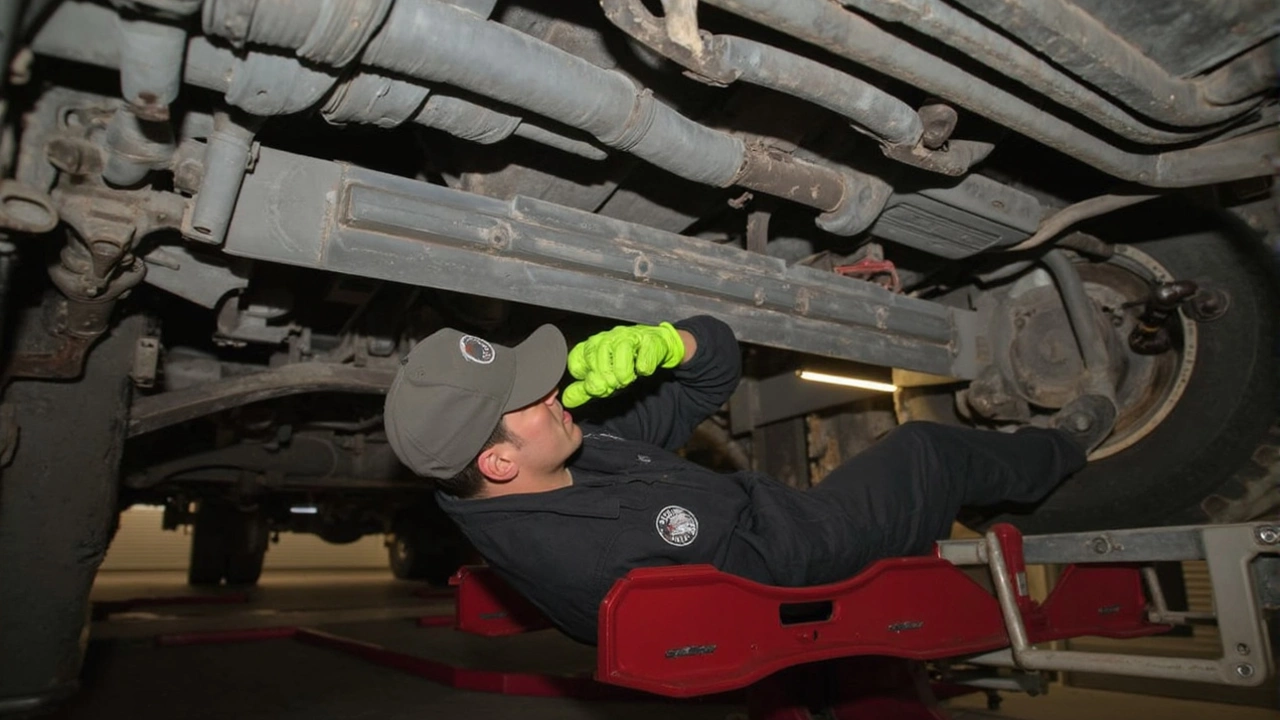Drums and Rotors in F1 – What Every Fan Should Know
If you watch an F1 race, you’ll see cars slowing down in a flash before a corner. That power comes from the braking system, and the heart of that system are the drums and rotors. While many fans think of engines and aerodynamics first, brakes are just as critical for lap times and safety.
In modern F1, most teams use carbon‑fiber discs, but the principles behind drums and rotors stay the same. A rotor (or disc) is the metal plate that spins with the wheel. When you press the brake pedal, calipers squeeze the rotor, creating friction that slows the wheel. Drum brakes work a bit differently – small shoes press against the inside of a drum attached to the wheel. Both designs convert kinetic energy into heat, which is why brake cooling is a constant battle on the track.
Why Rotors Matter More Than You Think
Rotors are the visible part of the brake system, and their size and material directly affect how quickly a car can stop. Bigger rotors give more surface area, spreading heat and reducing fade during long straights. In F1, carbon‑carbon rotors can reach 1,000°C in a few seconds, but they stay light and keep gripping the track. Teams fine‑tune rotor thickness, ventilation slots, and carbon lay‑up to match each circuit’s demands – a street race with lots of slow corners needs a different setup than a high‑speed track like Monza.
Heat management isn’t just about keeping the car from overheating. Too‑hot rotors can cause the brake fluid to boil, leading to a spongy pedal and loss of control. That’s why you’ll see brake ducts on every F1 car, directing airflow to keep rotors and drums at optimal temperature.
Drums vs. Discs – When Does One Win?
Drum brakes are rare in F1, but they still appear in some older or lower‑budget series. Drums are lighter and cheaper, but they struggle to cool as efficiently as discs. In a high‑speed environment where braking from 300 km/h to 100 km/h happens in seconds, disc brakes (rotors) win hands down. However, drums can still be useful in smaller racing categories where the cost and complexity of carbon discs are prohibitive.
For enthusiasts looking to upgrade a road car with a performance focus, the choice often comes down to budget and intended use. A good quality ventilated disc rotor will give better stopping power and heat dissipation than a basic drum setup. If you’re on a tight budget, a well‑maintained drum system can still be reliable, but expect more brake fade under hard use.
Maintenance is another key point. Rotors need to be checked for warping, cracks, and thickness loss after each race weekend. A warped rotor can cause vibration, uneven wear, and reduced braking efficiency. Drum brakes require checking the shoe wear and ensuring the drum surface isn’t scored. Simple visual inspections can catch problems early and keep performance consistent.
Finally, remember that brakes are a system, not a single part. Calipers, brake pads, fluid, and even the brake pedal leverage all play a role. If you’re tweaking your car’s brakes, start with the rotor size, choose the right pad compound, and then fine‑tune the fluid and cooling. That approach mirrors what F1 engineers do every season – test, data‑log, and adjust.
Understanding drums and rotors gives you a deeper appreciation for the split‑second decisions drivers make on the track. The next time you watch a corner approach, think about the heat, the material, and the engineering that lets those cars dump speed safely. And if you’re building a performance car, apply the same principles: size, material, cooling, and regular checks will keep you fast and safe.

Brake Safety Week 2025 to Spotlight Drums and Rotors in North American Commercial Vehicles
Brake Safety Week 2025 runs from August 24–30, with inspectors across North America zeroing in on commercial vehicle brake systems, especially drums and rotors. Unsafe vehicles will be sidelined until repaired. Last year, over 2,100 trucks were taken off the road for brake issues.
View more